Do you have a question about the Parker 650 Series and is the answer not in the manual?
Information for users and key safety warnings regarding installation and operation.
Covers mounting, quick set-up, and choosing between Local and Remote control modes.
Guidance on physical mounting and ventilation requirements for the drive.
Instructions for connecting power, control, and motor wiring.
Essential checks before powering up and initial start-up routines.
Operating the drive via keypad (Local) or external signals (Remote).
Explanation of the function of each key on the drive's keypad.
Information on parameters accessible via the keypad for application programming.
Details on trip causes, messages, and reset procedures.
Troubleshooting common problems encountered with the drive and motor.
Understanding the product code and key electrical parameters of the drive.
Guidelines for ensuring electromagnetic compatibility, including earthing and cabling.
Information on CE marking for Low Voltage and EMC directives, and manufacturer responsibilities.
Details on connecting to the P3 port for remote-mounted RS232 keypad communication.
Description of the factory default application for basic speed control.
Steps to select and load different applications for the drive.
Key standard parameters relevant to Application 1: Basic Speed Control.
Key standard parameters relevant to Application 2: Auto/Manual Control.
Using digital inputs to select predefined speed levels for the drive.
Using digital inputs to increase/decrease setpoint and defining ramp rates.
Using PID parameters to achieve zero steady state error and good transient performance.
Information for users and key safety warnings regarding installation and operation.
Covers mounting, quick set-up, and choosing between Local and Remote control modes.
Guidance on physical mounting and ventilation requirements for the drive.
Instructions for connecting power, control, and motor wiring.
Essential checks before powering up and initial start-up routines.
Operating the drive via keypad (Local) or external signals (Remote).
Explanation of the function of each key on the drive's keypad.
Information on parameters accessible via the keypad for application programming.
Details on trip causes, messages, and reset procedures.
Troubleshooting common problems encountered with the drive and motor.
Understanding the product code and key electrical parameters of the drive.
Guidelines for ensuring electromagnetic compatibility, including earthing and cabling.
Information on CE marking for Low Voltage and EMC directives, and manufacturer responsibilities.
Details on connecting to the P3 port for remote-mounted RS232 keypad communication.
Description of the factory default application for basic speed control.
Steps to select and load different applications for the drive.
Key standard parameters relevant to Application 1: Basic Speed Control.
Key standard parameters relevant to Application 2: Auto/Manual Control.
Using digital inputs to select predefined speed levels for the drive.
Using digital inputs to increase/decrease setpoint and defining ramp rates.
Using PID parameters to achieve zero steady state error and good transient performance.
| Power Supply | 24 VDC |
|---|---|
| Voltage | 24 VDC |
| Enclosure | IP20 |
| Type | Programmable Automation Controller |
| Communication Ports | Ethernet |
| Operating Temperature | 0°C to 50°C |
| Controller Type | Programmable Automation Controller (PAC) |
| Input Voltage Range | 18-32 VDC |
| Communication Interface | Ethernet |
| Operating Temperature Range | 0°C to 50°C |
| Humidity Range | 5% to 95% non-condensing |
| Dimensions | Varies by module |
| Weight | Varies by module |
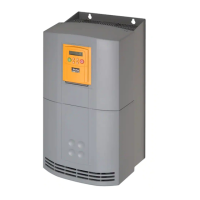
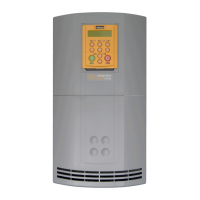
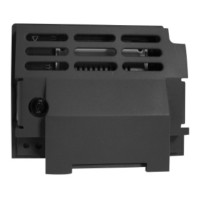
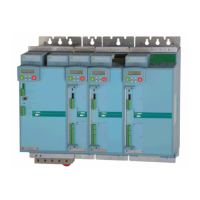
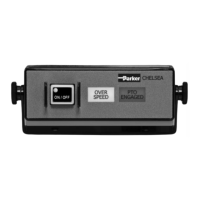
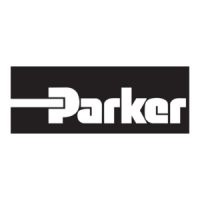

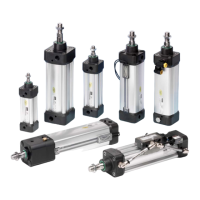
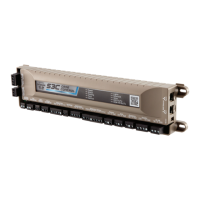
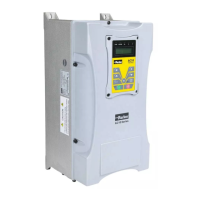
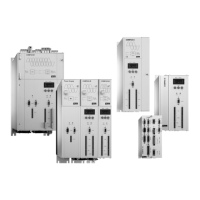
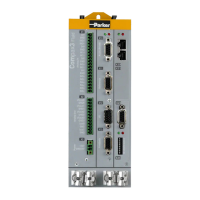
